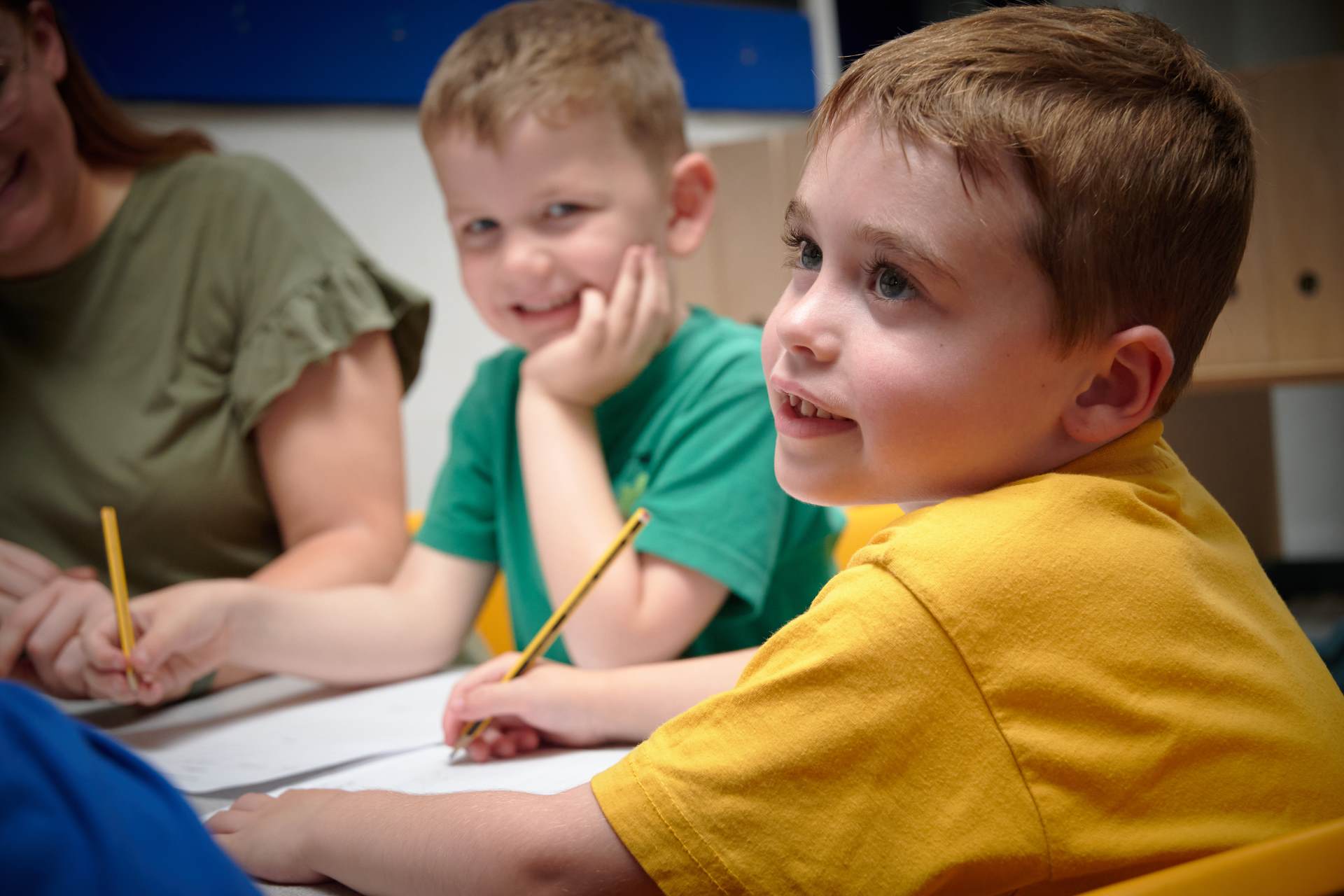Design & Technology

Intent
At Gilberdyke Primary School, it is our intention that the Design and Technology curriculum is engaging, rigorous, purposeful and well-balanced, providing children with an in-depth and broad understanding of the disciplines of effectively designing, making and evaluating their own products. We aspire for pupils to have opportunities to impose their own creativity, ingenuity and interests into their design and technology projects and consider how the things they design and make might add value and impact to the world. They will master practical skills across a range of design methods, in addition to having a solid understanding of the design process and how to research and take inspiration from existing products.
The Gilberdyke design and technology curriculum has been designed around 3 key substantive concepts which are revisited throughout their D&T journey every year from EYFS to year 6.
The substantive concepts are:
- Textiles
- Food & Nutrition
- Mechanisms & Structures
By teaching these concepts through different contexts that are derived from other subject curriculums like history or geography, children will be able to link their substantive knowledge to a criteria for product design and creation.
By experiencing the complete process of developing a product from concept to manufacture and working through the challenges that this may bring, pupils will develop critical life skills such as problem solving, resilience and perseverance – intended outcomes of the whole curriculum at Gilberdyke.
Implementation
Design and Technlogy at Gilberdyke is based on the national curriculum for key stages one and two. The curriculum starts in EYFS through exploratory concepts and planned development of practical knowledge (skills) to ensure that pupils are well prepared for key stage one. The curriculum is sequenced in a two-year cycle for each phase, rather than year group, due to the occasional need for mixed year group classes.
The subject is taught termly and teaching sequences are planned to be delivered in a block of learning so that the build-up of substantive knowledge and skills can progress, uninterrupted, over a few whole days, rather than individual lessons taught weekly. The context and theme for design and technology units is often based on other national curriculum subjects.
Each unit begins with a design brief, giving both a clear purpose to their work and a focused and achievable end goal. Then, pupils evaluate existing products in order to inform their own designs. Pupils continue to broaden their substantive knowledge through the ‘making’ stage, which often incorporates mathematical concepts like measuring. This knowledge is carefully sequenced so that progression and development of more sophisticated skills is embedded over the course of each child’s journey throughout the school. The application of their knowledge and skills is critiqued against the design brief when pupils have completed their final ‘piece’.
Impact
Pupils at Gilberdyke will develop as self-assured, creative and skilled designers. They will be able to talk clearly about the products they make and the processes used to create them. They will leave with a range of technical knowledge and skills, the ability to use a variety of tools, a secure understanding of the need for safe and hygienic working practices and an embedded understanding of the full design and manufacture process. They will be able to work independently and collaboratively, critically evaluating and adapting their product to ensure it is the best it can be. Pupils will recognise the important role design and technology plays in our modern world and will recognise how it has, and will, shape our past and our future.
Design and Technology Long Term Plan



